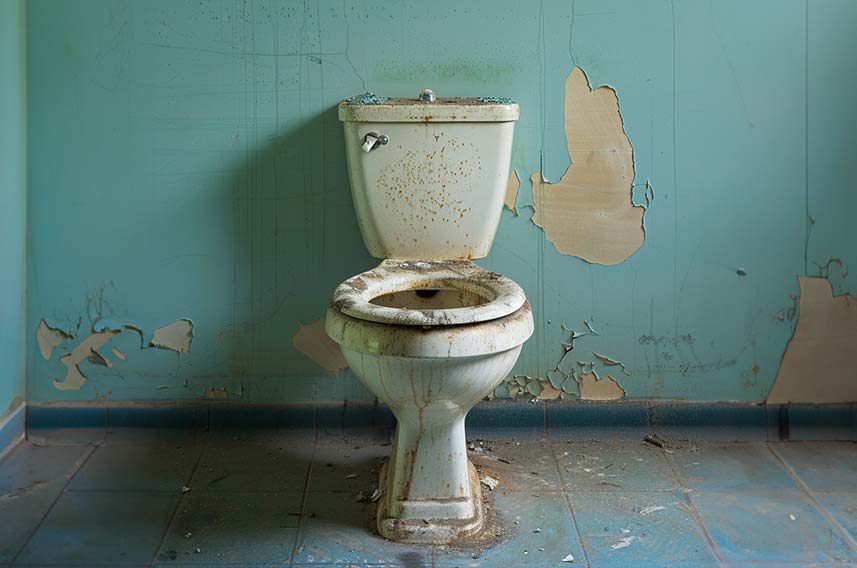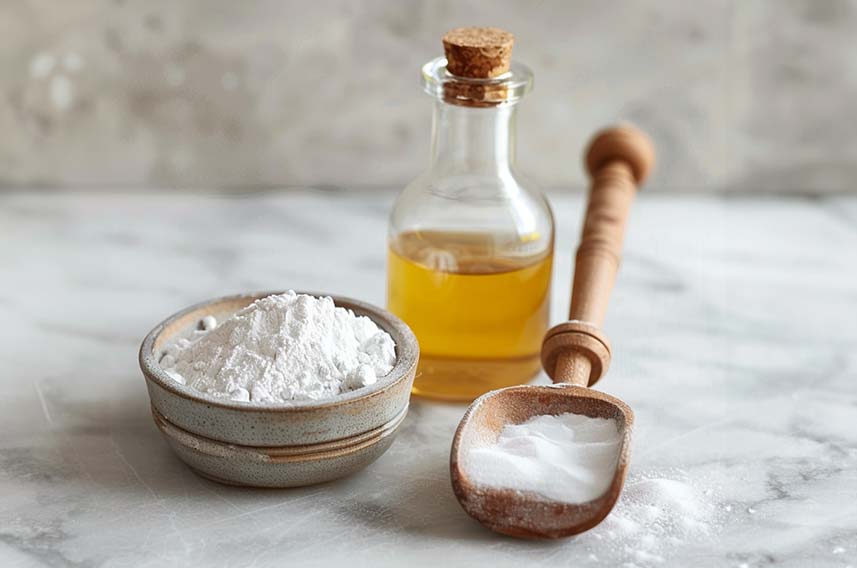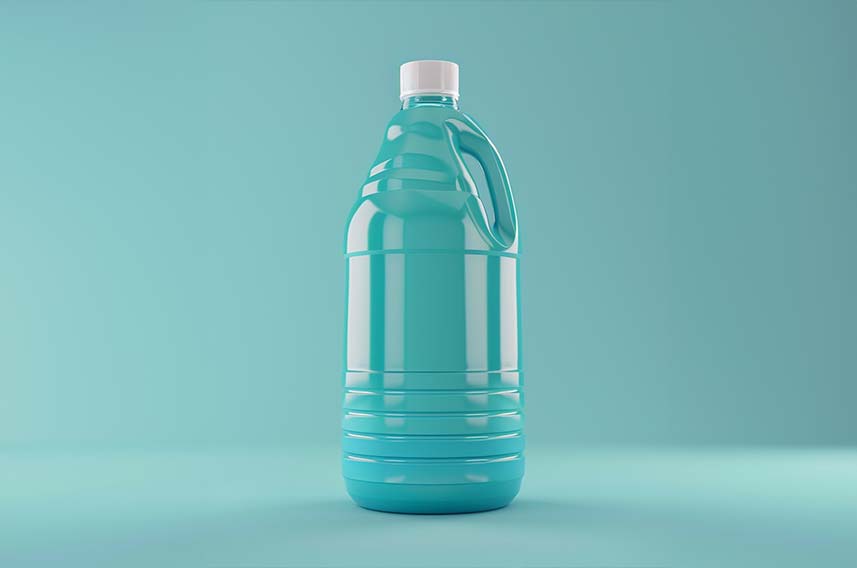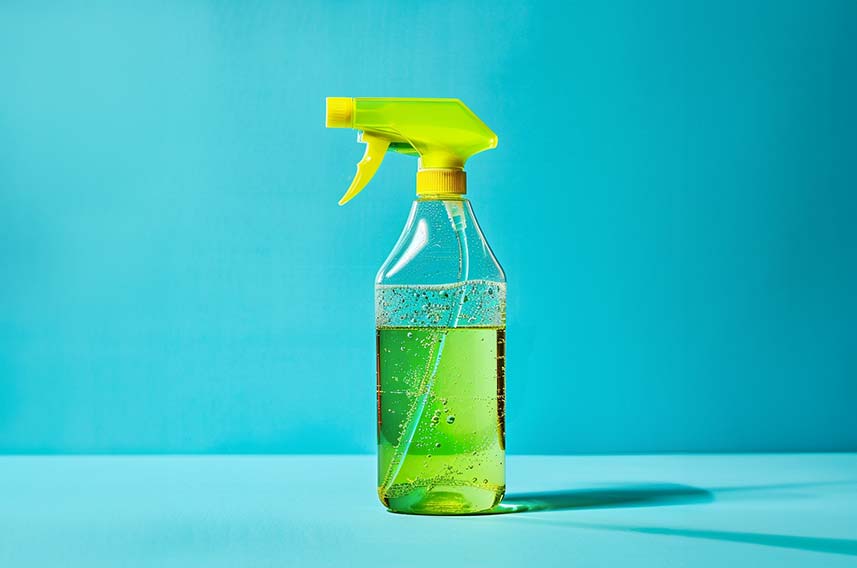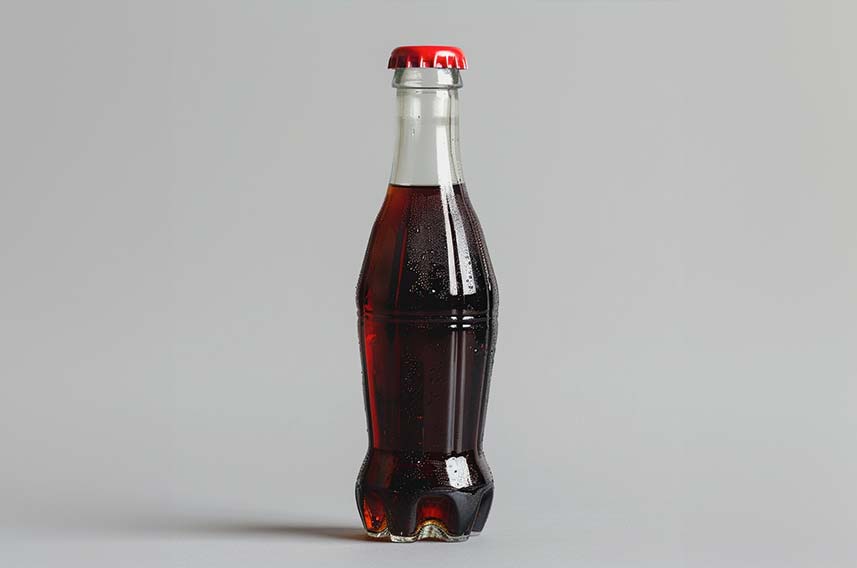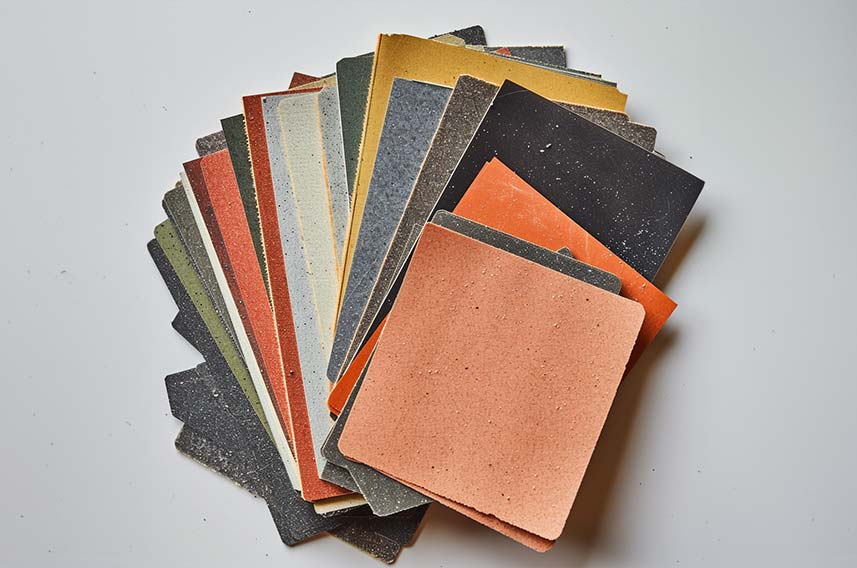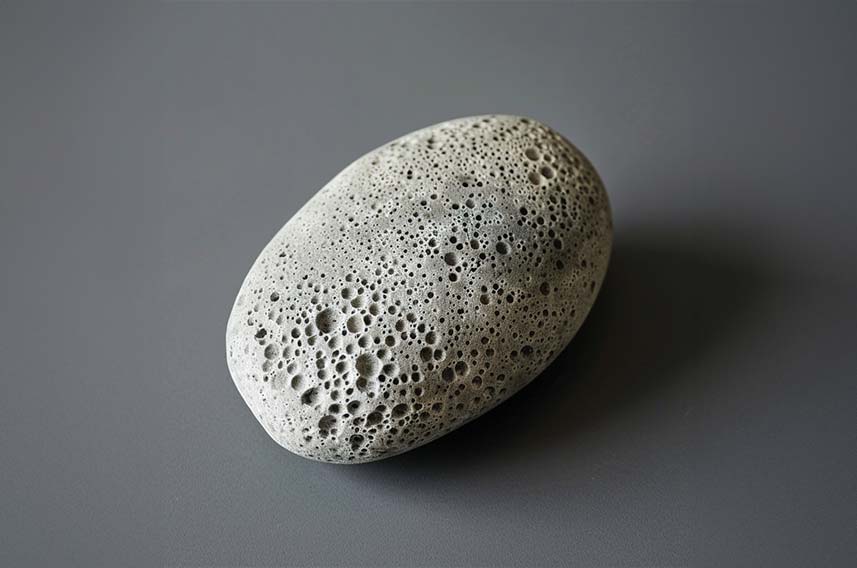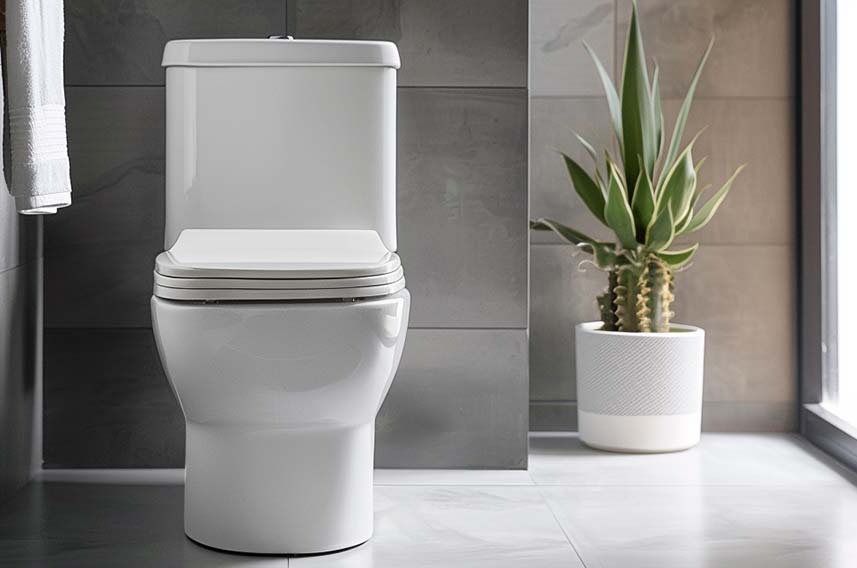Tel: 01474 876800 • Client Portal
- Who We Are
- What We Do
- Build
- Carpentry
- Building Works
- Commercial Flooring
- Commercial Glazing
- Commercial Locksmith
- Commercial Painting & Decorating
- Commercial Plastering
- Commercial Plumbing
- Commercial Refurbishment
- Commercial Roofing
- Design & Construction
- Electrical Installation
- Hard & Soft Landscaping
- Mechanical & Electrical
- Office Builders
- Office Fit Outs
- Office Heating
- Office Partitioning
- Office Relocation
- Site Management
- Maintain
- 24 Hour Helpdesk
- Access Control
- Air Conditioner Repair
- Air Conditioning Servicing
- Commercial Boiler Servicing
- Commercial Electricians
- Commercial Ground Maintenance
- Commercial Pest Control
- Commercial Property Maintenance
- Drain Unblocking
- Emergency Callouts
- Emergency Light Testing
- Facilities Management
- Fire Alarm Testing
- Fire Extinguisher Testing
- Fire Sprinkler Testing
- Fixed Wire Testing
- Handyman Service
- Lift Servicing
- Office Health & Safety
- PAT Testing
- Planned Preventative Maintenance
- Reactive Maintenance
- Roof Maintenance
- TMV Maintenance
- Water Hygiene
- Clean
- Build
- How We Do It
- Why Use Us
- Contact
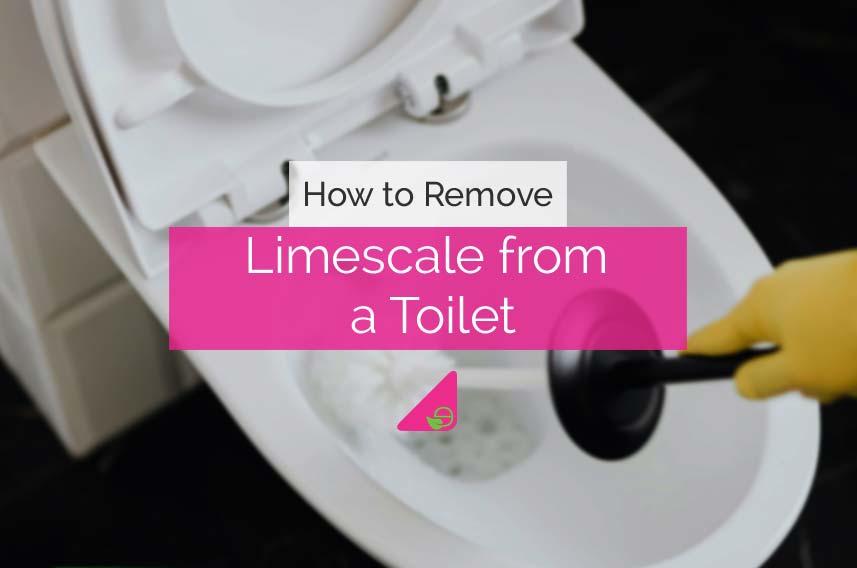
How to Remove Limescale from a Toilet
Dealing with limescale buildup in your toilet can be a common nuisance, especially in areas with hard water.
Limescale not only affects the appearance of your toilet but can also lead to plumbing issues if left untreated.
In this article, we’ll explore effective methods to remove limescale from a toilet using simple household items and cleaners.
Whether you prefer natural solutions or commercial cleaners, you’ll find practical tips to restore your toilet’s cleanliness and prevent future buildup.
Table of Contents
What is Limescale?
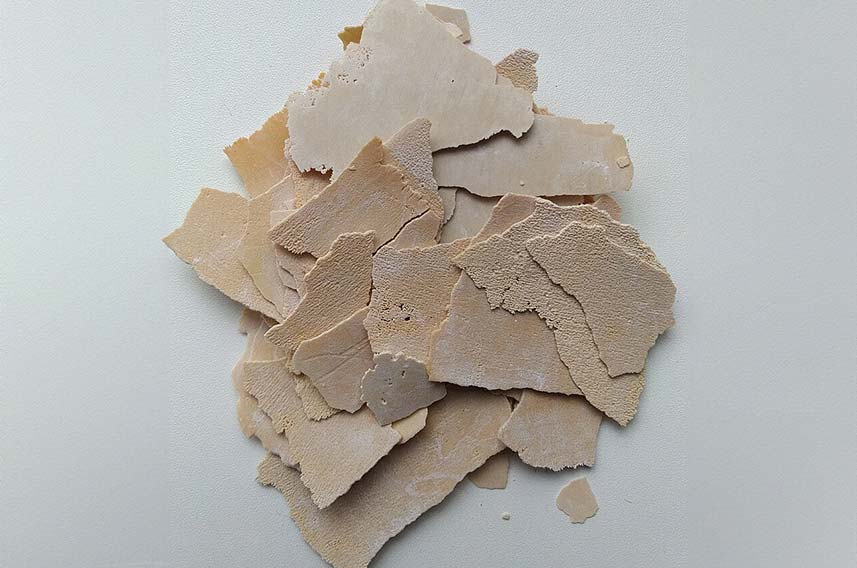
Limescale is a hard, chalky deposit that forms when water containing minerals such as calcium and magnesium evaporates, leaving behind residue.
It typically appears as white or off-white crusty deposits on surfaces like porcelain, tiles, and metal fixtures, particularly in areas with hard water.
Limescale buildup is common in toilets, sinks, showers, and kettle elements where water regularly evaporates.
The composition of limescale primarily consists of calcium carbonate and magnesium carbonate, which are derived from dissolved minerals in hard water.
Over time, if not removed, limescale can accumulate and harden, making it more difficult to clean and potentially leading to plumbing issues.
Understanding how limescale forms and recognizing its presence can help in effectively managing and preventing its buildup using appropriate cleaning methods and water treatment solutions.
How to Identify Limescale
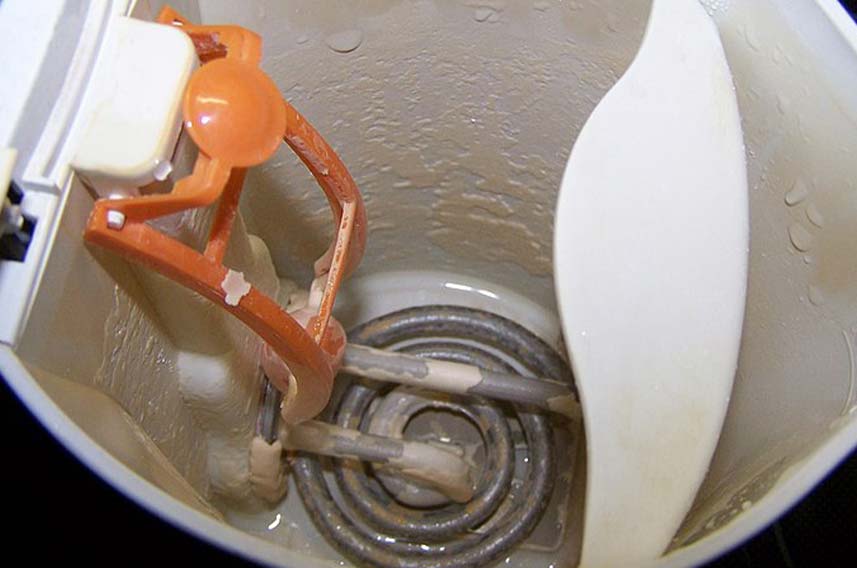
Identifying limescale is straightforward due to its distinctive appearance and common locations.
Limescale manifests as white or off-white crusty deposits that accumulate on surfaces exposed to hard water.
In a toilet, limescale typically forms around the waterline and inside the bowl, where water evaporates and leaves mineral deposits behind.
It can also appear around faucets, showerheads, and other plumbing fixtures.
To identify limescale, look for:
- White or chalky deposits on porcelain surfaces.
- A rough texture that feels hard and crusty to the touch.
- Areas where water regularly evaporates, such as toilet bowls and sinks.
- Discoloration or dullness on metal fixtures like taps and showerheads.
Recognizing limescale early allows for prompt treatment to prevent further buildup and maintain the cleanliness and efficiency of plumbing fixtures.
Regular cleaning and using appropriate descaling methods can help manage limescale effectively.
Is Limescale Dangerous?
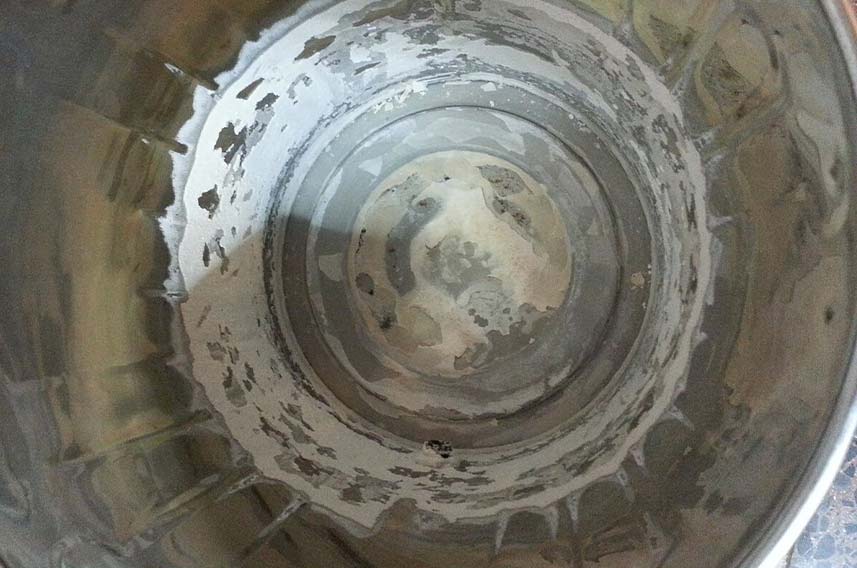
While limescale itself is not directly harmful to health, it can lead to various issues if left unchecked.
One concern is its impact on plumbing systems: as limescale accumulates in pipes and appliances, it can restrict water flow and reduce efficiency.
This buildup may also contribute to increased energy consumption, as appliances like kettles and water heaters need to work harder to heat water through a layer of limescale.
Moreover, limescale can harbour bacteria and impurities, affecting water quality.
In extreme cases, particularly severe limescale buildup might lead to plumbing damage or blockages, requiring costly repairs.
Additionally, in environments where hard water is prevalent, regular exposure to limescale in shower heads or faucets might result in skin irritation.
Why do I have Limescale in my Toilet?
Limescale in your toilet is primarily caused by the presence of hard water.
Hard water contains high levels of dissolved minerals, such as calcium and magnesium carbonates.
When hard water evaporates, these minerals are left behind, forming limescale deposits on surfaces like porcelain and ceramic.
Several factors contribute to the prevalence of limescale in toilets:
Water Source
If your water supply comes from underground sources rich in minerals, it’s likely to be hard water.
Location
Certain geographical areas have naturally occurring hard water.
Water Heating
Heating water can accelerate mineral deposition, as heated water facilitates the release of dissolved minerals.
8 Ways to Remove Limescale From Your Toilet
Dealing with limescale buildup in your toilet can be frustrating, but there are several effective methods using common household items and cleaners.
Here’s a detailed guide on how to tackle limescale and restore your toilet’s cleanliness.
Vinegar
Vinegar is a versatile and effective cleaner due to its acidic nature, which helps dissolve limescale deposits.
Pour undiluted white vinegar directly into the toilet bowl, making sure to cover limescale deposits.
Let the vinegar sit overnight to allow it to dissolve the limescale effectively.
Use a toilet brush to scrub the bowl thoroughly in the morning. Flush the toilet to rinse away loosened limescale residue.
Vinegar is natural, affordable, and readily available, making it an excellent choice for regular maintenance to prevent limescale buildup.
Vinegar and Baking Soda
Combining vinegar with baking soda enhances its cleaning power, making it more effective against stubborn limescale.
Sprinkle baking soda evenly around the toilet bowl, targeting areas with heavy limescale deposits.
Pour vinegar over the baking soda, causing a fizzy reaction that helps break down limescale.
Allow the mixture to fizz for several minutes. Use a toilet brush to scrub the bowl thoroughly, focusing on areas with visible limescale.
Flush the toilet to rinse away dissolved limescale and baking soda residue.
This method combines the descaling properties of vinegar with the abrasive action of baking soda, effectively removing tough limescale stains.
Vinegar and Lemons
Lemons add a pleasant fragrance and additional acidic cleaning power to vinegar, making them a natural alternative for limescale removal.
Cut several lemons into slices and place them in a bowl of vinegar.
Let the lemon slices soak in vinegar for several hours or overnight to infuse the vinegar with citrus oils and acids.
Pour the lemon-infused vinegar directly into the toilet bowl, ensuring thorough coverage of limescale stains.
Use a toilet brush to scrub the bowl vigorously. Allow the mixture to sit for a few minutes before flushing to rinse away dissolved limescale.
The natural acidity of lemons combined with vinegar provides effective limescale removal while leaving a fresh citrus scent in your bathroom.
Bleach
Bleach is a strong disinfectant and cleaner that effectively removes limescale stains and kills bacteria in the toilet bowl.
Pour bleach directly into the toilet bowl, targeting areas with visible limescale deposits.
Use bleach in a well-ventilated area and wear gloves to protect your skin from irritation.
Let the bleach sit for the recommended time according to the product instructions.
Use a toilet brush to scrub the bowl thoroughly.
Flush the toilet to rinse away bleach and dissolved limescale residue.
Bleach not only removes limescale but also disinfects the toilet bowl, eliminating germs and odours.
Limescale Removers
Commercial limescale removers are specifically formulated to dissolve and remove stubborn limescale deposits.
Follow the manufacturer’s instructions for the specific limescale remover product you choose.
Apply the limescale remover directly to the affected areas of the toilet bowl.
Allow the remover to work for the recommended time to dissolve limescale. Use a toilet brush to scrub the bowl thoroughly.
Flush the toilet to rinse away the limescale remover and dissolved deposits.
Limescale removers are designed to be highly effective against tough limescale stains, providing a convenient solution for restoring toilet cleanliness.
Cola
Cola contains phosphoric acid, which can effectively dissolve limescale deposits in the toilet bowl.
Pour cola (preferably room temperature) directly into the toilet bowl, covering limescale stains.
Let the cola sit for at least an hour to allow the phosphoric acid to break down limescale deposits.
Use a toilet brush to scrub the bowl thoroughly, focusing on areas with heavy limescale buildup.
Flush the toilet to rinse away dissolved limescale and cola residue.
Cola is a surprising yet effective household remedy for limescale removal due to its acidic content.
Sandpaper
Sandpaper provides an abrasive method to physically remove stubborn limescale deposits from the toilet bowl.
Gently sand the surface of limescale deposits with fine-grit sandpaper. Use caution to avoid scratching the porcelain surface.
Target areas with visible limescale buildup, applying gentle pressure to remove deposits.
Flush the toilet to rinse away loosened limescale residue.
Sandpaper offers a mechanical method to remove tough limescale stains without relying on chemical cleaners.
Pumice Stone
A wet pumice stone can be used to gently scrub away limescale deposits without scratching the toilet bowl.
Wet the pumice stone and gently rub it against limescale deposits in the toilet bowl.
Use light pressure and circular motions to gradually remove limescale buildup.
After using the pumice stone, scrub the bowl with a toilet brush to remove loosened deposits.
Flush the toilet to rinse away residue.
Pumice stones are effective for removing limescale while being gentle on porcelain surfaces, making them suitable for regular maintenance.
How Can I Prevent Limescale?
Preventing limescale buildup in your toilet and other plumbing fixtures is key to maintaining their cleanliness and efficiency.
Here are several effective methods to prevent limescale:
Water Softeners
Install a water softening system to treat hard water before it enters your plumbing.
Water softeners remove minerals such as calcium and magnesium, which are responsible for limescale formation.
Vinegar Rinse
Regularly pour vinegar into the toilet bowl and let it sit overnight to dissolve minor limescale deposits.
This simple maintenance routine helps prevent buildup before it becomes stubborn.
Use of Lemons
Similar to vinegar, infusing vinegar with lemon slices and periodically using this solution to clean your toilet helps prevent limescale while leaving a fresh scent.
Flush Regularly
Ensure your toilet is flushed regularly to minimise the time water sits in the bowl and evaporates, reducing limescale formation.
Squeegee Shower Walls
After showering, use a squeegee to remove water from shower walls and glass doors.
This prevents water spots and limescale buildup.
Clean Appliances
Regularly clean appliances like kettles and coffee makers with vinegar to prevent limescale buildup in their heating elements.
Monitor Water Temperature
Avoid excessively hot water temperatures, as heating hard water can accelerate mineral deposition and limescale formation.
Professional Maintenance
Schedule periodic professional maintenance for your plumbing system, including inspections and descaling treatments if necessary.
For professional help with all your cleaning needs, get in contact with us here at ECMS.
Conclusion
You should now be equipped with the knowledge of how to remove limescale from a toilet.
Removing limescale from your toilet doesn’t have to be daunting.
By using these methods regularly and depending on the severity of the buildup, you can keep your toilet clean and free from unsightly stains.
Remember to consider preventive measures such as using water softeners or regular cleaning routines to minimise limescale formation in the future.
A clean toilet not only enhances the appearance of your bathroom but also contributes to a healthier living environment.
Request a Callback
Recent Posts
- 10 Common Saniflo Toilet Troubleshooting Solutions 01th Jul 2025
- Importance of Personal Hygiene at Work 01th Jun 2025
- How to Clean a Toilet Brush 01th May 2025
- How to Clean Painted Walls 01th Apr 2025
- How to Get Oil Stains Out of Carpet 01th Mar 2025
- How to Clean a Fridge and Remove Bad Smells 01th Feb 2025
- How to Get Coffee Stains Out of a Carpet 01th Jan 2025
- How to Clean Gutters Correctly 01th Dec 2024
- What is PAT Testing? 01th Nov 2024
- How to Clean an Oven 01th Oct 2024


